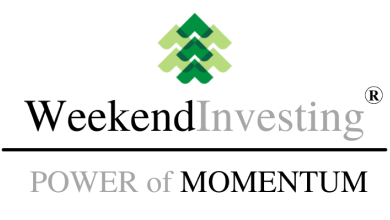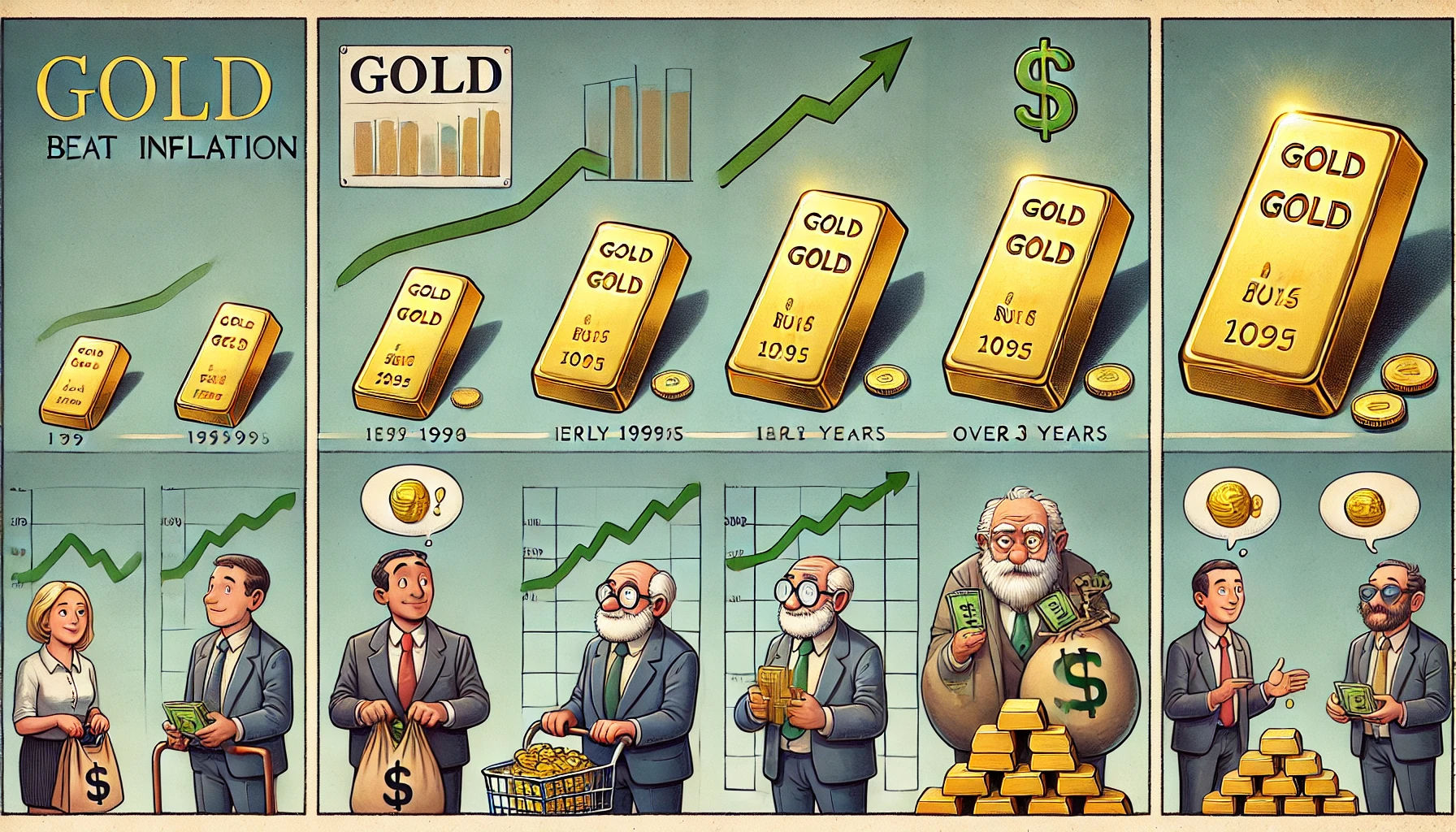Market Concentration Has Reached Concerning Levels
Over the past 25 years, the U.S. stock market has experienced several periods of high concentration (see image below), where a few companies hold a significant share of the total market value. In 2000, companies like Microsoft, Cisco, GE, and Intel represented approximately 27% of the total S&P 500 market capitalization. By 2020, this figure had increased to around 32%, with major players like Apple, Amazon, Google, and Meta leading the charge.

Source: Global Markets Investor on X

Current Situation: 10 Stocks Account for 38% of Market Weight
Currently, market concentration is even higher. The top 10 stocks including Nvidia, Microsoft, Apple, Amazon, Meta, Google, and Tesla now make up nearly 38% of the total S&P 500 market capitalization. This means that these 10 companies hold almost as much weight as the remaining 490 stocks combined. Such a high level of concentration increases the overall risk in the market.
Why This Is a Serious Concern
Historically, periods of high concentration have often been followed by significant market crashes. While it is impossible to predict exactly when this might happen again, it is crucial to recognize the risk involved. Whether concentration reaches 38%, 42%, or even 50%, the danger escalates as more investment flows into a limited number of large companies. A sudden decline in one or more of these stocks could adversely affect not just the U.S. market but also markets worldwide.
The Global Impact of a U.S. Market Decline
If the U.S. market experiences a sharp downturn, the effects will not remain confined to America. Emerging markets and other international markets also feel the repercussions. Often, when U.S. stocks fall, investors shift their money from other countries back into the U.S., triggering a chain reaction across the financial landscape. This underscores why the risk of market concentration is not just a local issue, but a global concern.
How Investors Can Stay Prepared
While it’s impossible to eliminate all risks, investors can take practical steps to be better prepared. Maintaining a diversified portfolio, avoiding an over-reliance on a few large stocks, and ensuring proper insurance can help mitigate the effects of unexpected market fluctuations. It’s not about fostering fear; it’s about staying realistic and safeguarding one’s financial health in all market conditions.
What are your thoughts on the rising risk of market concentration? Have you experienced something similar? Share your views in the comments below! If you found this blog informative, don’t forget to SHARE it with your friends!










